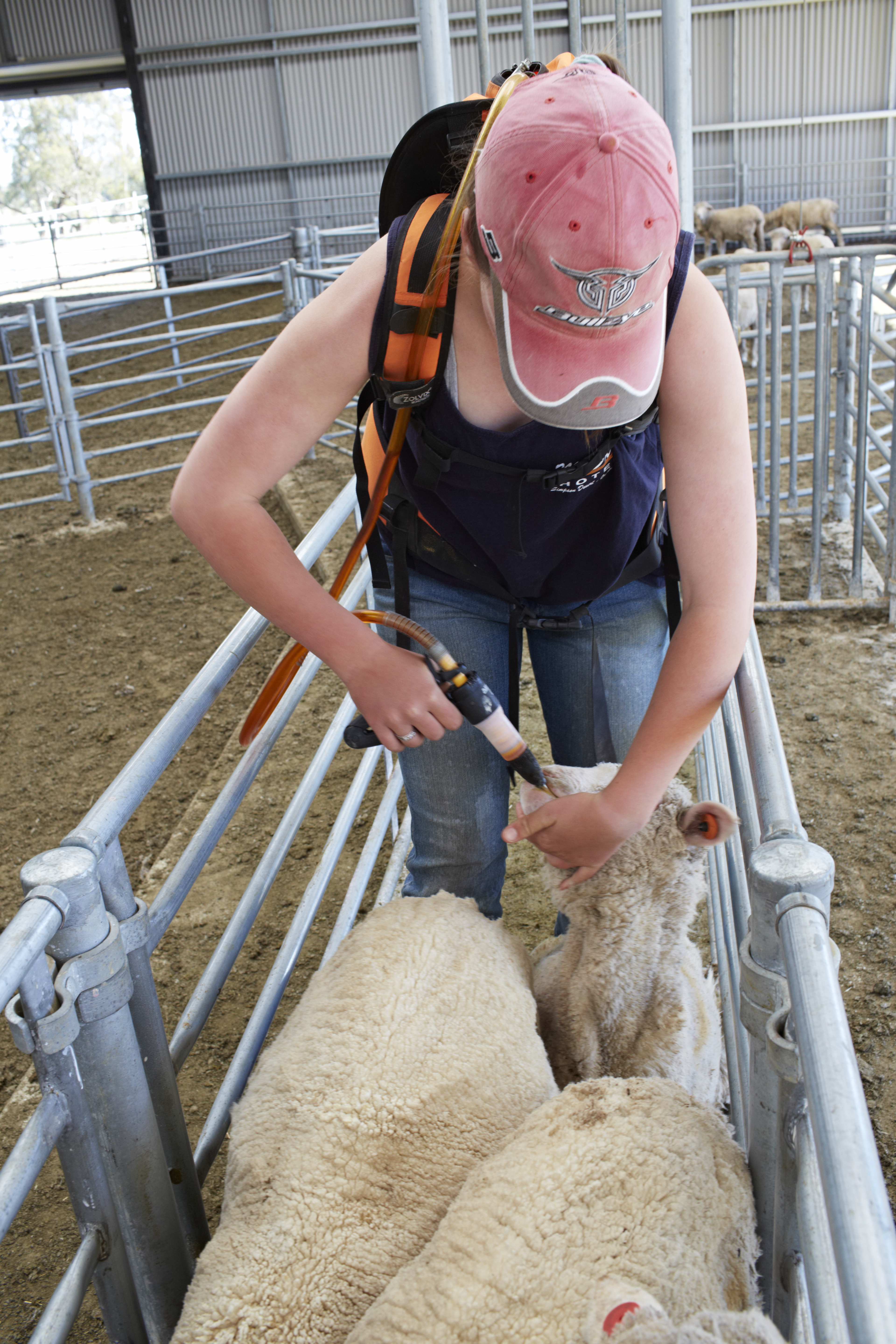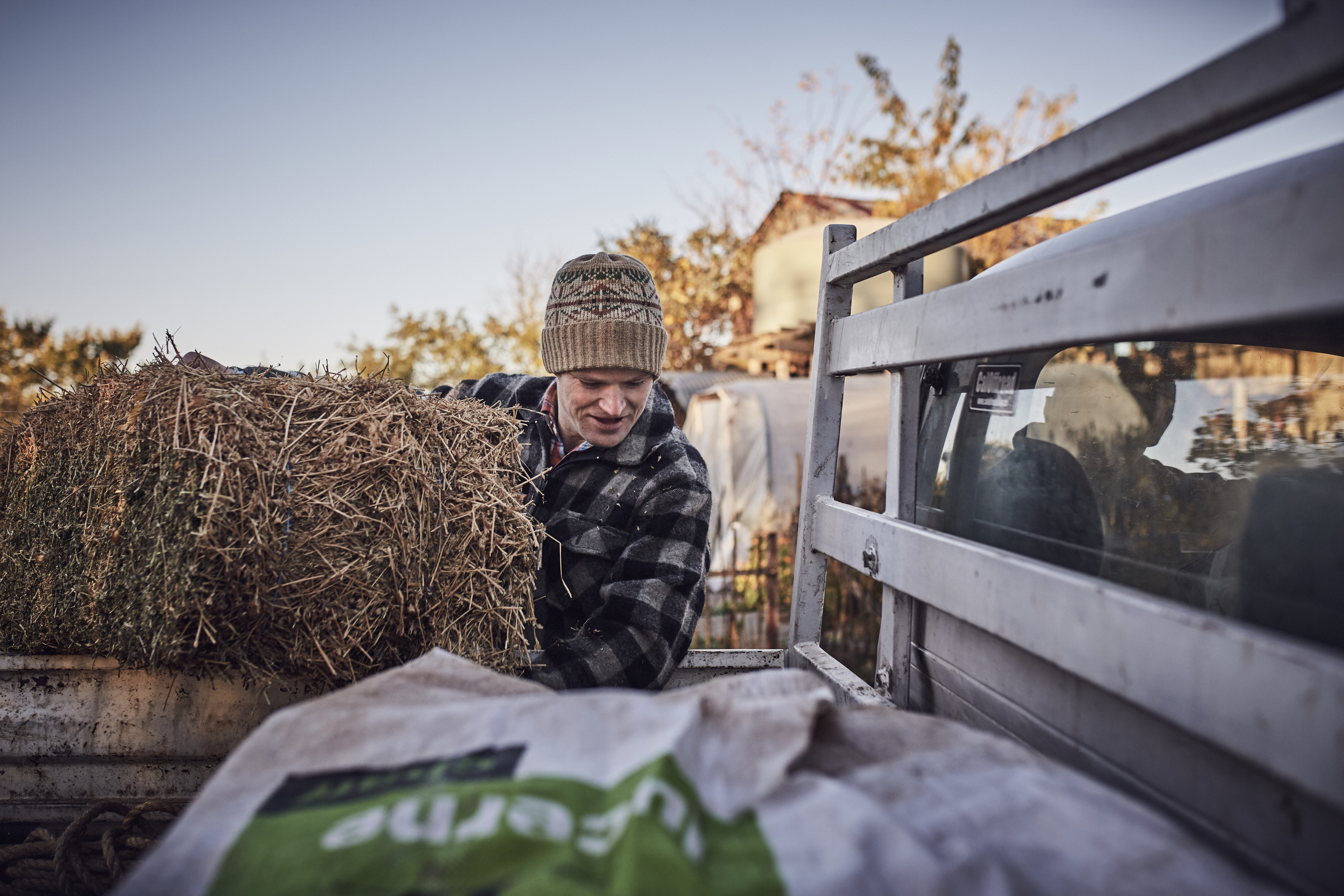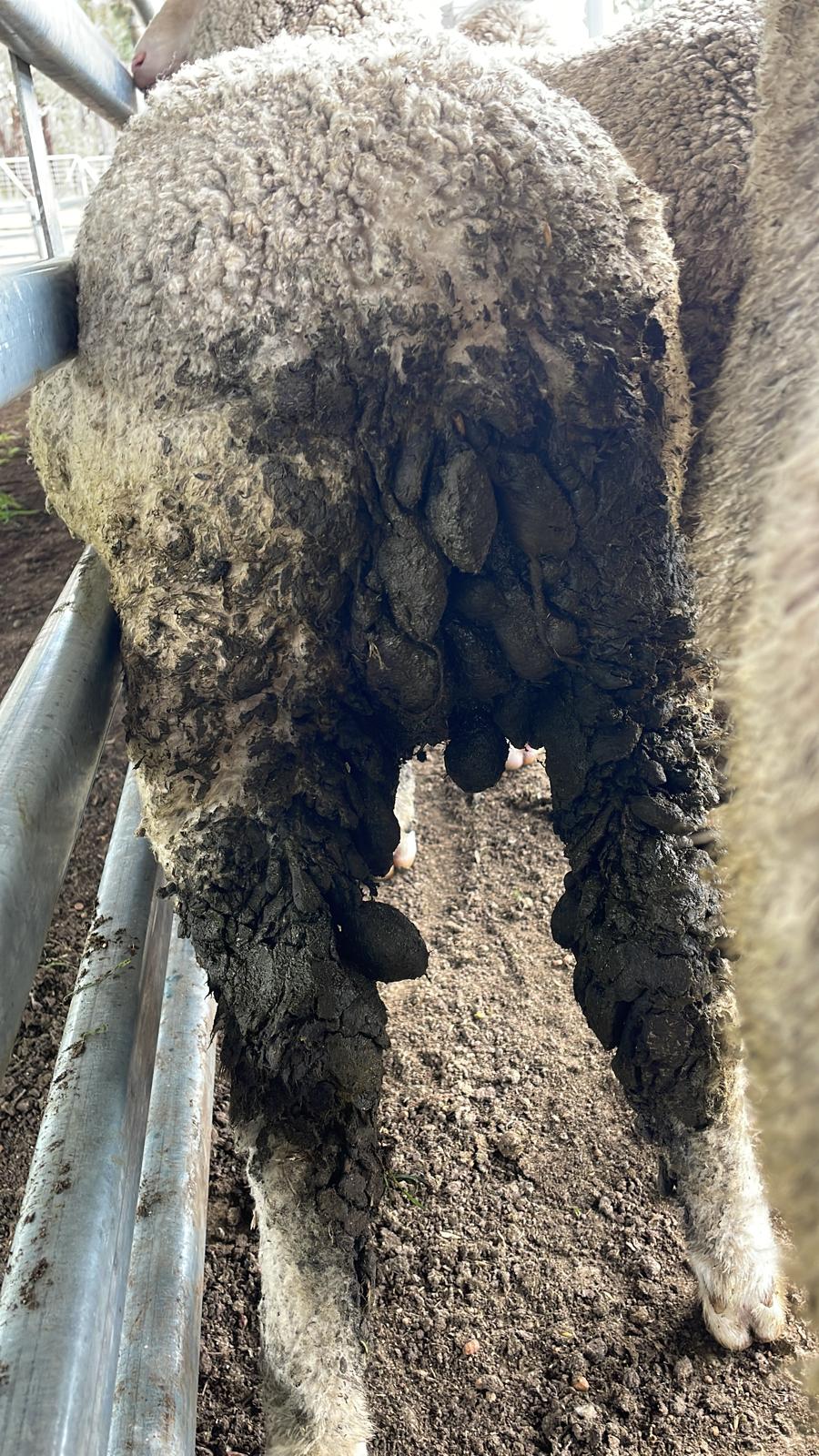Welcome to Australian Wool Innovation, a hub for the woolgrowers of Australia.
Not a woolgrower? Looking for information about wool products, wool care or wool processing?
The Woolmark Company is the global authority on wool. Visit Woolmark.com instead.
Preparing low worm-risk paddocks

Preparing low worm-risk paddocks to prevent sheep from heavy worm burdens is a key strategy in effective and profitable worm control. This article covers strategic preparation methods for lowering the worm-risk of paddocks.
Articles That Might Interest You
Sustainable worm control with summer-autumn drenching
Hot, dry WA summers once supported “summer drenching,” but this approach drives drench resistance by leaving resistant worms to multiply. Current advice is a summer–autumn drenching program guided by Worm Egg Counts, with strategies like refugia, drench rotation and combination treatments. This article explains how to slow resistance, when to drench different sheep classes across rainfall zones, and how WEC tests support sustainable worm control.
Read more
Optimising productivity and profitability with feed tests
Conducting feed tests is an important strategy for meeting your sheep's nutritional needs in the most cost-effective way. This article outlines how feed testing can help optimise productivity and profitability by identifying the true value of different feed sources.
Read more
Tackling dag
Dags can be costly for sheep enterprises due to the need for crutching, reduced wool value and treatment costs. The accumulation of dag is also the greatest risk factor for breech strike. This article dives into how to deal with dag, including how to breed for reduced dag.
Read more








